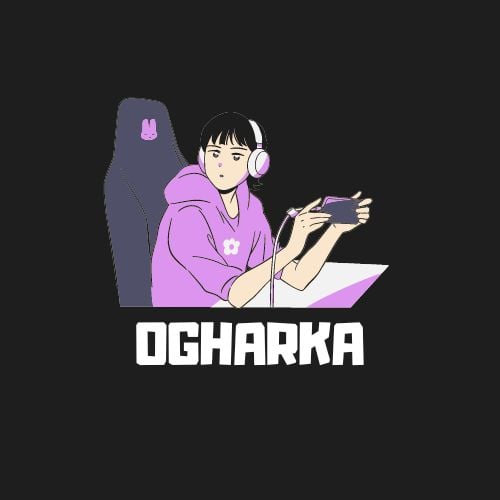
ogharka
@ogharka
1812 Following
123 Followers
8 replies
5 recasts
64 reactions
1 reply
1 recast
5 reactions
13 replies
1 recast
19 reactions
1 reply
1 recast
3 reactions
23 replies
14 recasts
136 reactions
1 reply
1 recast
2 reactions
19 replies
12 recasts
41 reactions
23 replies
9 recasts
38 reactions
0 reply
2 recasts
9 reactions
70 replies
39 recasts
194 reactions
0 reply
0 recast
0 reaction
17 replies
1 recast
33 reactions
1 reply
1 recast
11 reactions
18 replies
5 recasts
97 reactions
11 replies
1 recast
80 reactions
17 replies
2 recasts
33 reactions
1 reply
1 recast
2 reactions
20 replies
11 recasts
31 reactions
22 replies
7 recasts
45 reactions
1 reply
12 recasts
96 reactions





